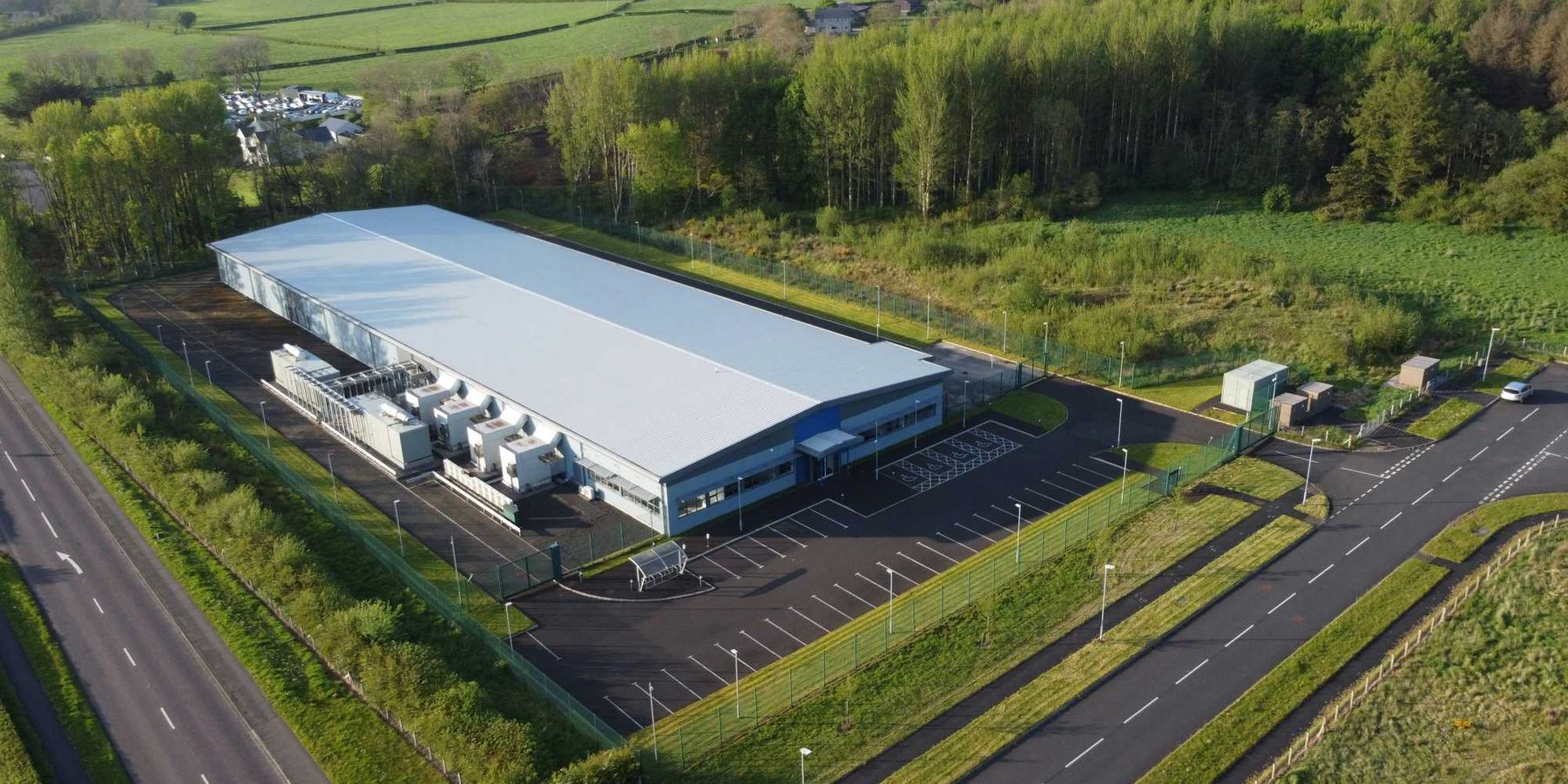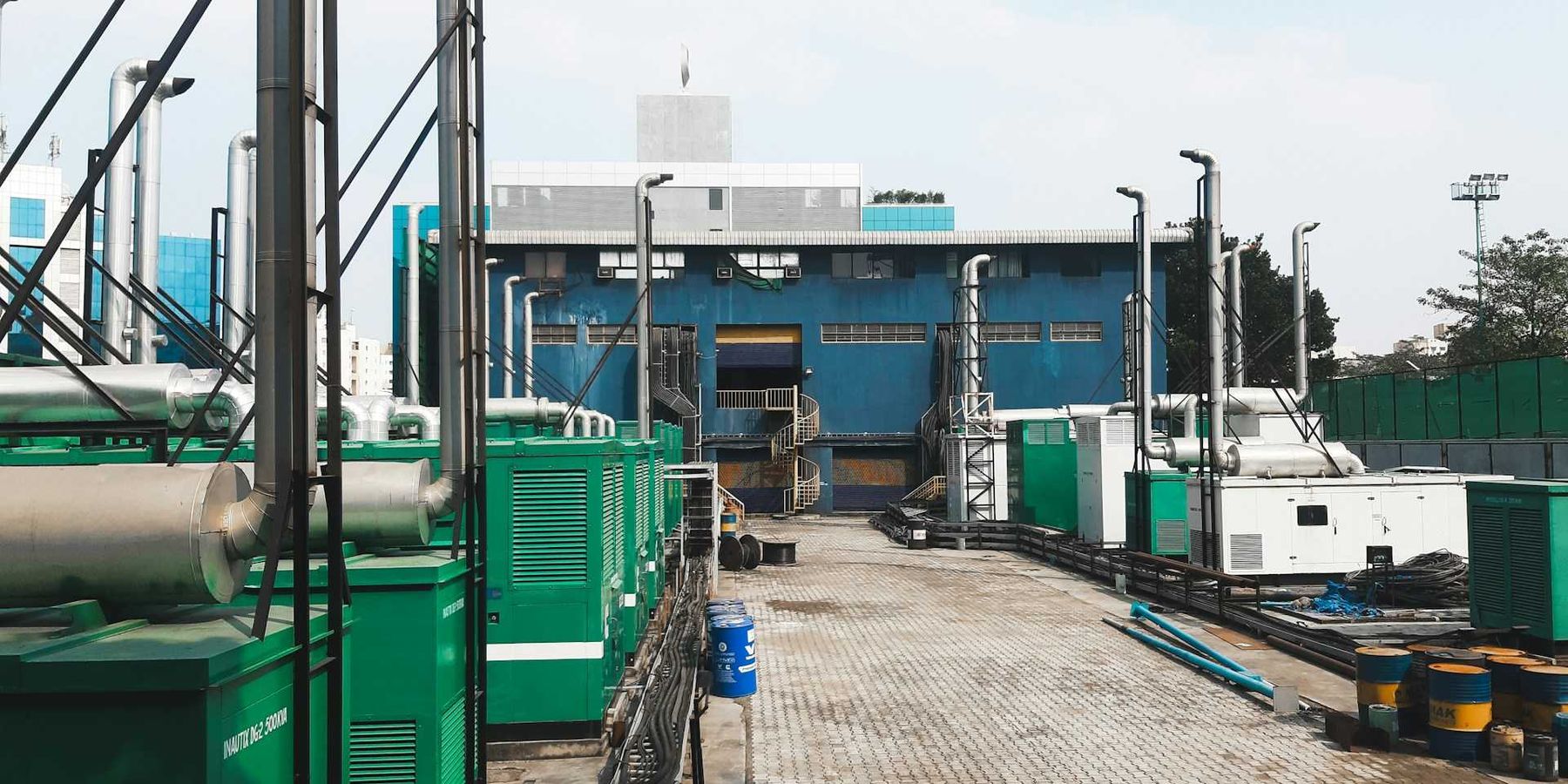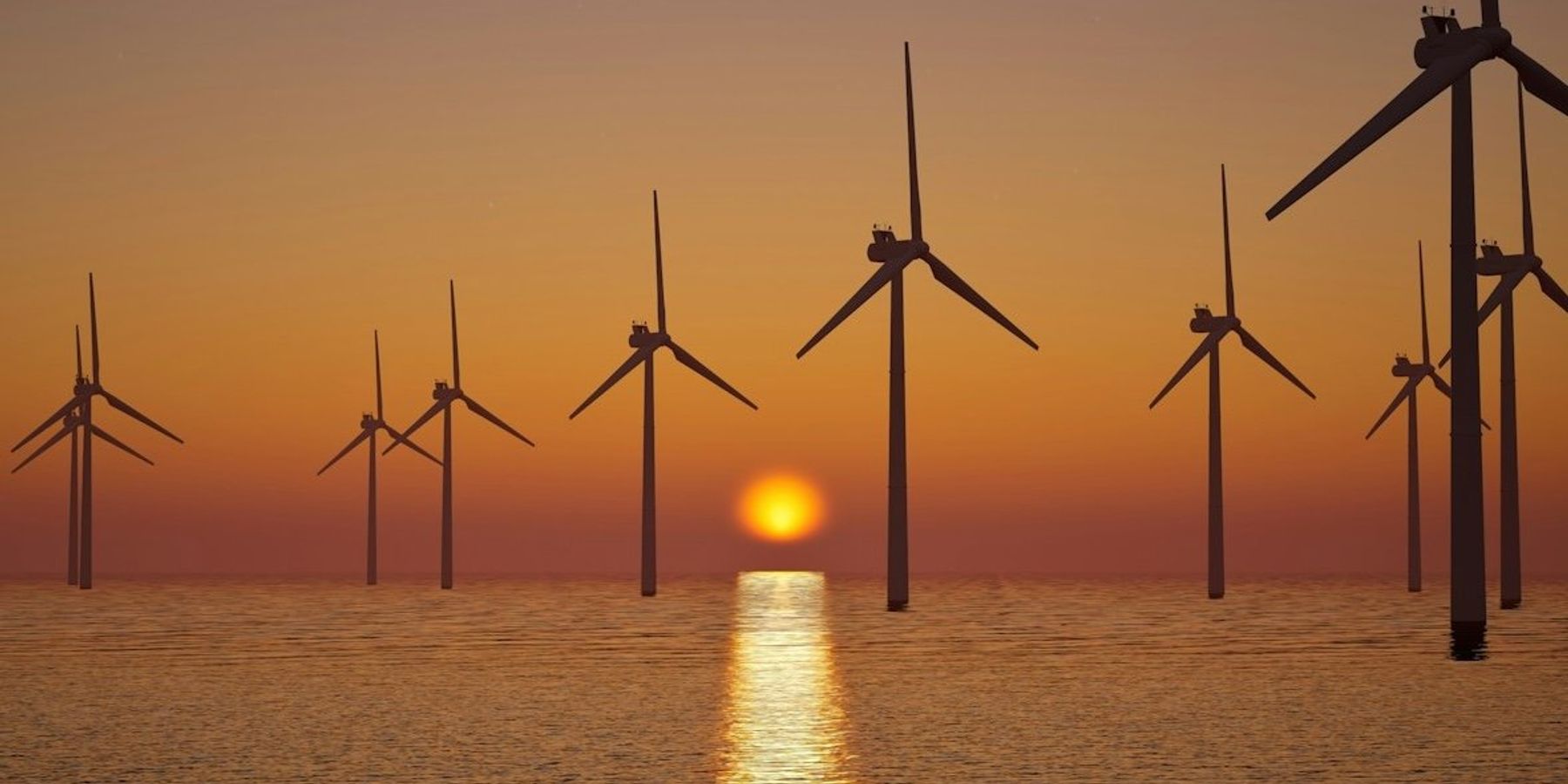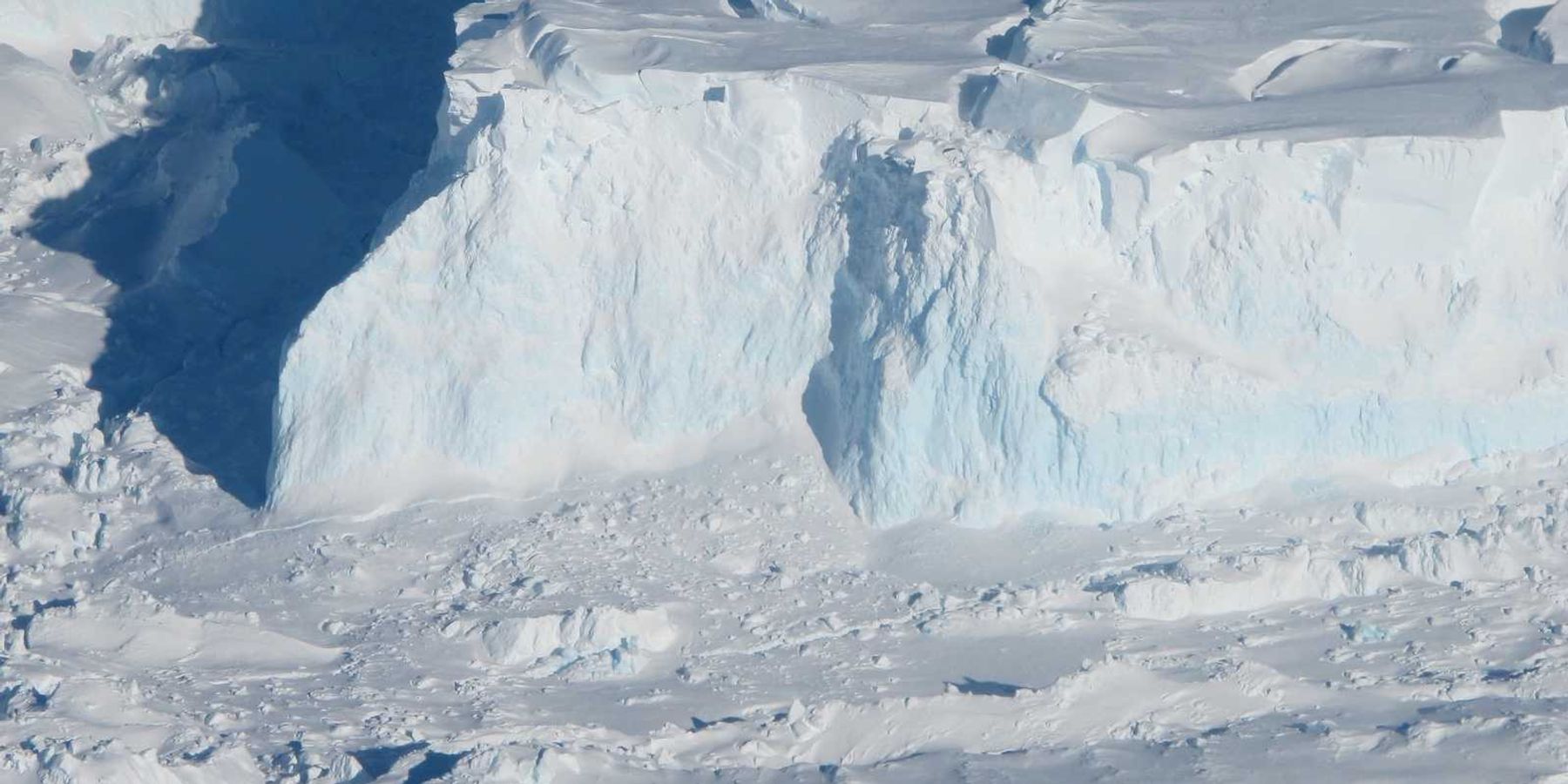Trump administration revives plan to open Alaska’s Tongass rainforest to logging
The Trump administration has announced plans to eliminate protections for roadless areas in national forests, including Alaska’s Tongass, potentially opening millions of acres of wilderness to logging and development.
Ted Williams reports for Yale Environment 360.
In short:
- On June 23, Agriculture Secretary Brooke Rollins said the Trump administration would seek to repeal the 2001 Roadless Rule, which bans road-building in 58.5 million acres of national forest land, including 9.37 million acres of the Tongass National Forest.
- Roadless areas in the Tongass support old-growth trees, carbon storage, native salmon runs, and endangered wildlife like the Alexander Archipelago wolf, while also underpinning sustainable industries like fishing and tourism.
- Critics say roads destroy habitats, enable clear-cutting, and cost taxpayers billions through subsidies and deferred maintenance, while providing little economic return from timber sales.
Key quote:
“The Tongass isn’t a renewable resource — you can’t replant ancient trees or restore what’s been lost to greed.”
— Hunter McIntosh, president of The Boat Company
Why this matters:
The Tongass National Forest is one of the planet’s last intact temperate rainforests, acting as a critical carbon sink and home to rich biodiversity, including five species of Pacific salmon and centuries-old trees. Road-building in these wildlands fragments ecosystems, fuels erosion, and pollutes rivers relied on by fish and people alike. Logging roads open the door to extractive industries that degrade water quality and accelerate habitat loss. As climate change pressures mount and native species decline, preserving such areas becomes essential not just for wildlife and local communities, but also for climate resilience. Public opinion has repeatedly favored protection over exploitation.
Related: Trump administration moves to reopen 59 million acres of protected national forests to logging













